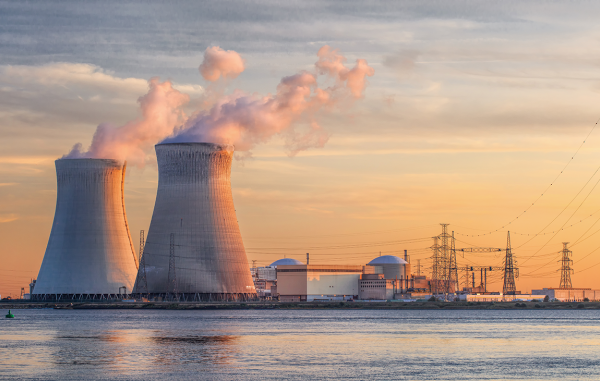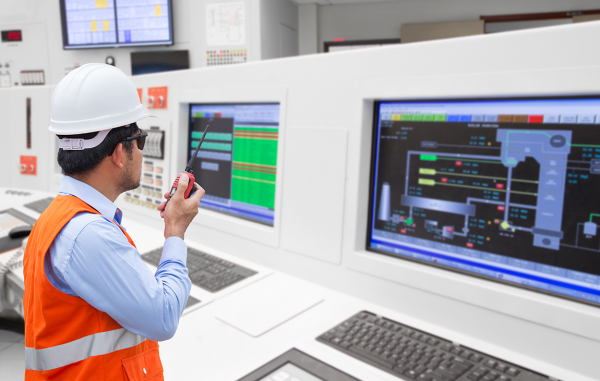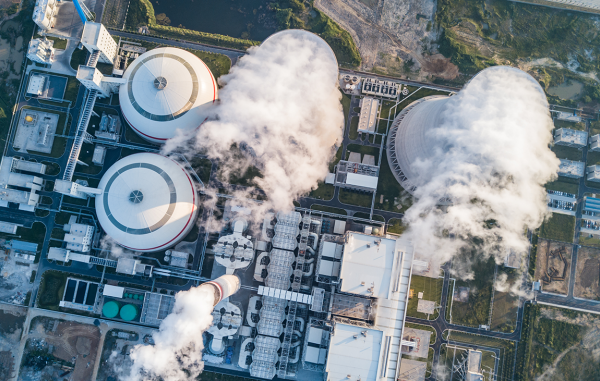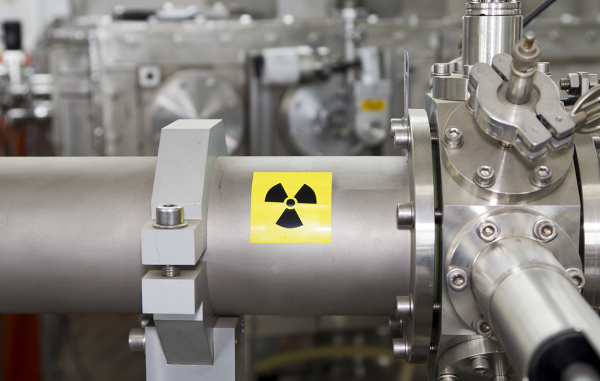
Enabling nuclear power with quality cabling for safe generation
Nuclear power is generated in plants that process thermal energy, providing a highly low carbon source of supply on a very large scale. In a drive to reduce carbon dioxide emissions through energy production, several countries have made considerations to increase nuclear portfolios. Safety and reliability are key factors in safeguarding nuclear operations. Cabling systems used in nuclear environments must evidence strict performance characteristics to prove compliance to cable and sector specific regulations.
As a key component in any power operation, cable products used in nuclear infrastructures must demonstrate higher performance levels than those used in typical industrial settings. This is due to the added environmental impacts they are expected to endure in operation. Various cable designs are used in nuclear applications, from power to control, instrumentation and data cables, all of which must be thoroughly tested to evidence.

Nuclear cable considerations
1. Safety and regulation
High levels of safety must be adhered to in line with the nuclear industry’s regulations to protect professionals, plant operations and functions. International standards of particular importance to the sector include the IEC 60780 standard, which describes the requirements for electrical equipment and systems safety, along with the IEEE 383 standard, which enables the qualification of electric cables.
Within the sector, cables are expected to operate for up to 60 years and so special consideration to assess heat and thermal impacts found in the operating environment, is key. Long term exposure can impact a cable’s material properties, potentially resulting in premature aging and cracking. When thermal aging occurs, polymeric compounds found in a cable’s sheath can degrade and lead to failure, resulting in costly repair or replacements. Accelerated aging is a core test conducted on certified cables to simulate and predict performance over time and with prolonged exposure to heat.

2. Nuclear grid infrastructure
The production processes of a nuclear energy plant require constant monitoring to check the condition of machinery, equipment and temperature valves. Levels of radioactive gases emitted during production are also closely controlled to ensure they are kept to a minimum and in line with safety policies. Various forms of technology are used to facilitate these checks, including sensors, transmitters and terminations. Cabling should provide reliable power as well as vital connections between equipment, technology and communication sources as part of the sector's tight control practises.
Secure cabling infrastructures facilitate the transfer of vital information, readily available for analysis, reducing the risk of failures and enabling safety. Data cables are tested for a whole host of characteristics. One example is insertion loss assessment, which measures signal power between connectors and outputs, determining the ability to carry large amounts of data competently. The harsh environment found within the nuclear sector means cables must be safe to operate in a high-stress setting.

3. Flame retardancy and substance resistance
Cables with low smoke halogen free properties are a requirement in the nuclear sector, ensuring cables will continue to operate during emergencies such as a fire without emitting harmful chemicals and gases. The sheathing materials used must also demonstrate radiation resistance characteristics due to potential exposure during nuclear power production.
Harsh environmental factors found in nuclear energy generation plants will likely impact cable performance. Resistance properties found in flame retardant cables make them suitable to operate in such conditions. Smoke and gas emissions, on the other hand, can often be more dangerous than fire itself due to toxic emissions, causing lasting damage to plant assets and more. Tests undertaken to assess circuit integrity are also key to nuclear operations as they enable the continued function of emergency systems in the event of a fire scenario.
Rigorous testing of cables is crucial to ensuring that the specified infrastructures meet stringent industry regulations and enable you to evidence compliance to the standards.
The harsh environment found in nuclear power generation plants demands that cables are robust and perform reliably for prolonged periods of time. Characteristics such as resistance to heat, radiation and flame retardance are vital – with independent, third party testing enabling validation of performance.
Contact the team below to learn more
Enter the laboratory test area
Regional experts
Click the arrows to scroll for your regional teams







